Barrio Barista Video | Directed by Joshua Madrid
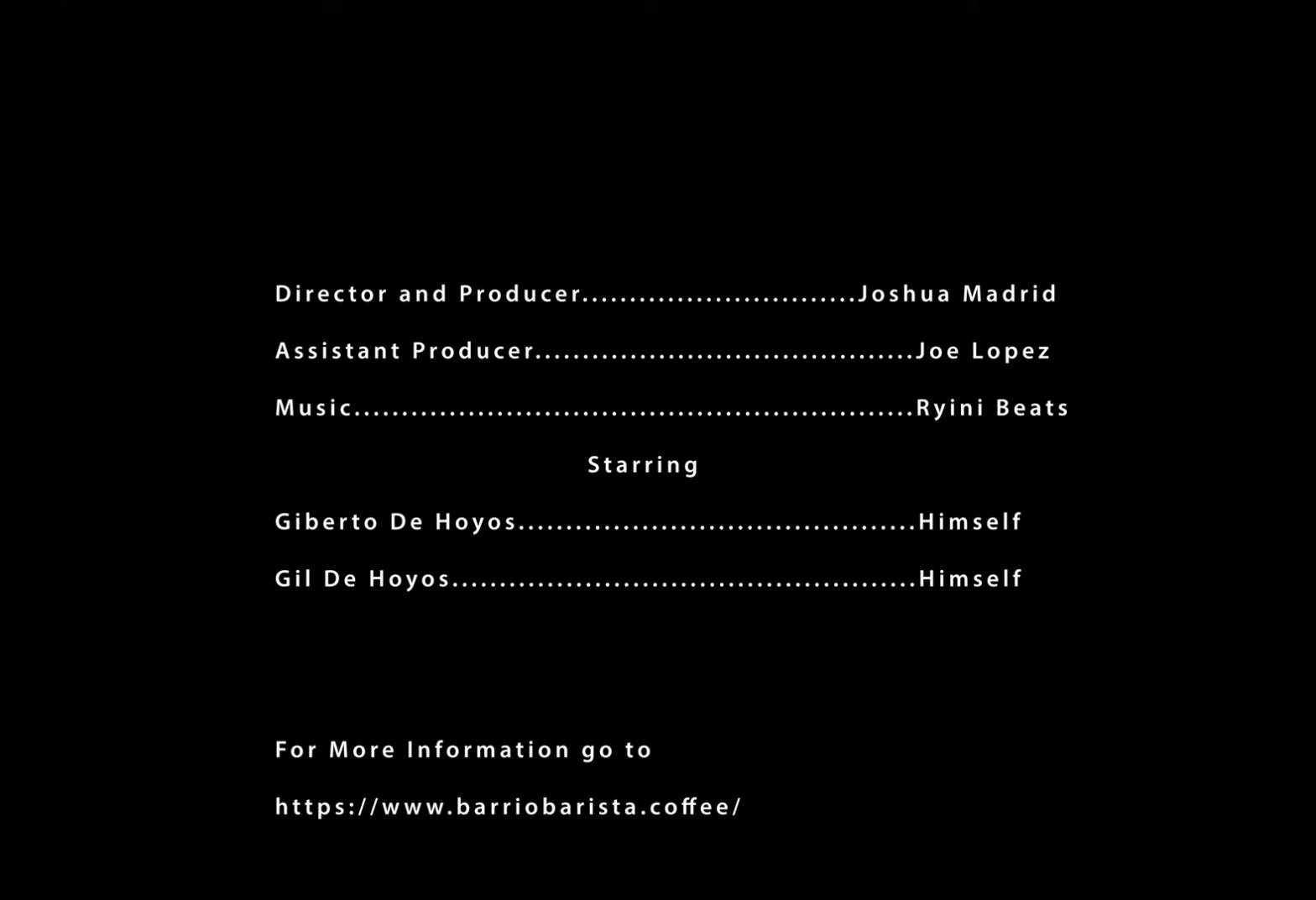

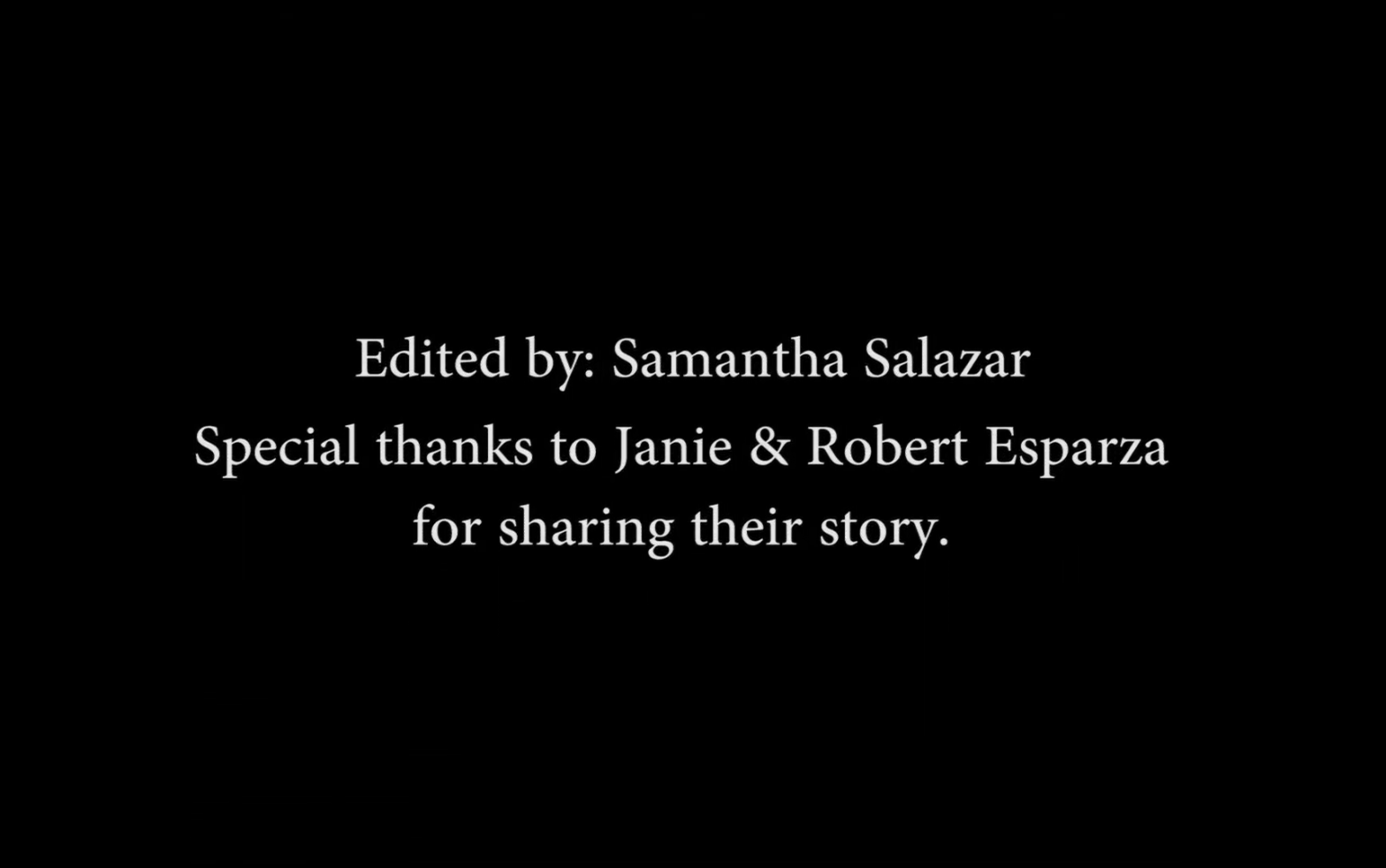
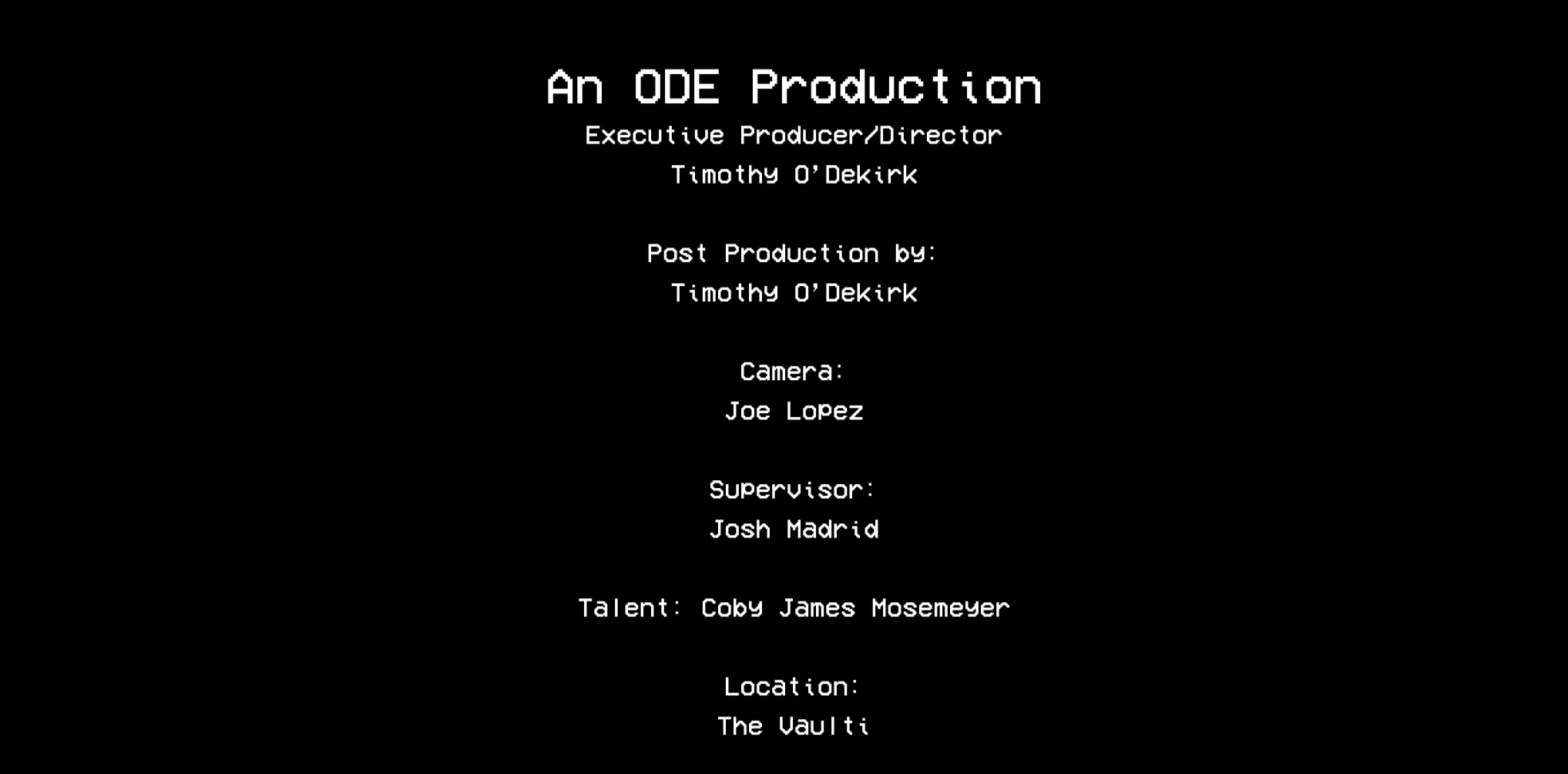
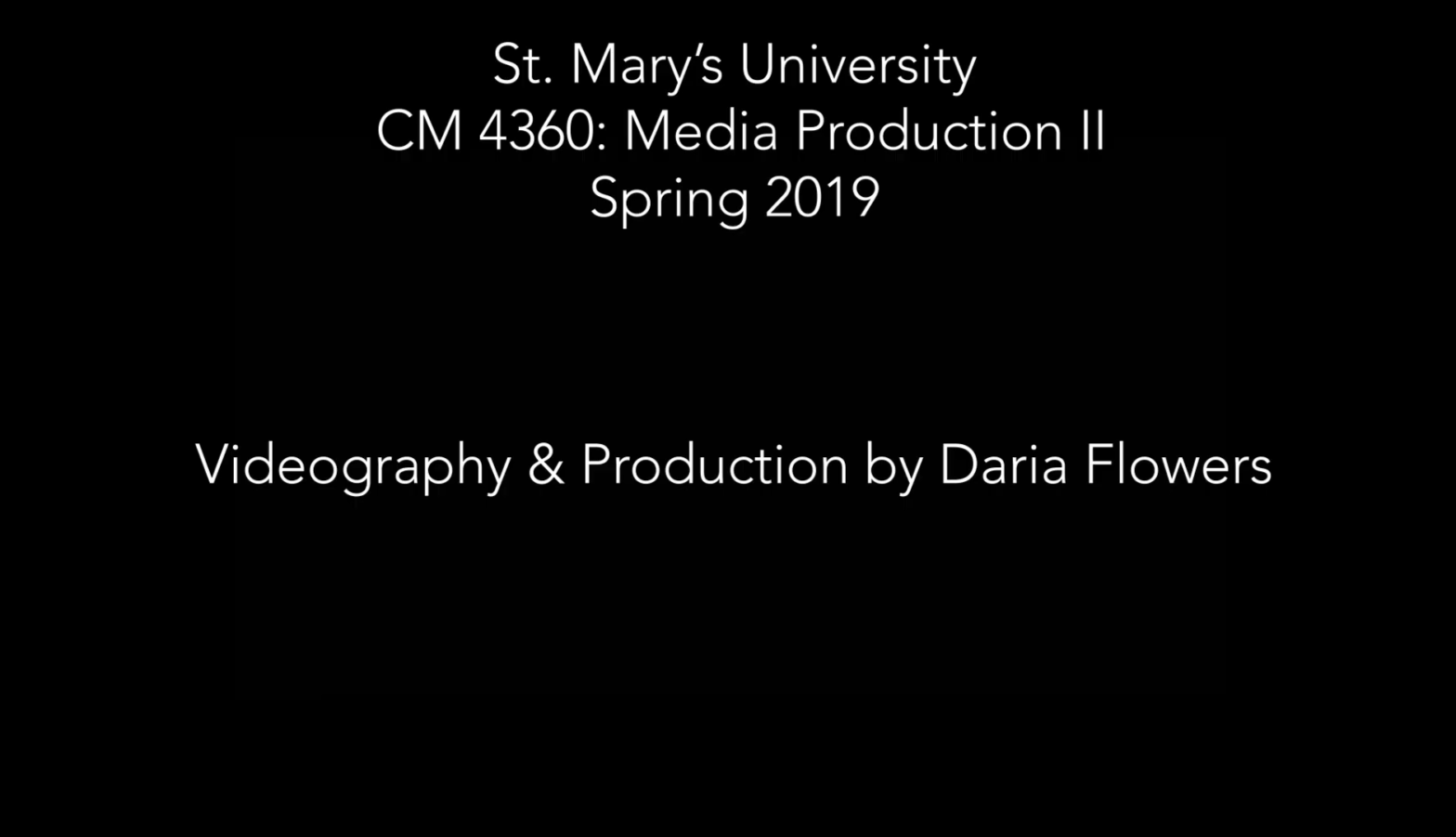
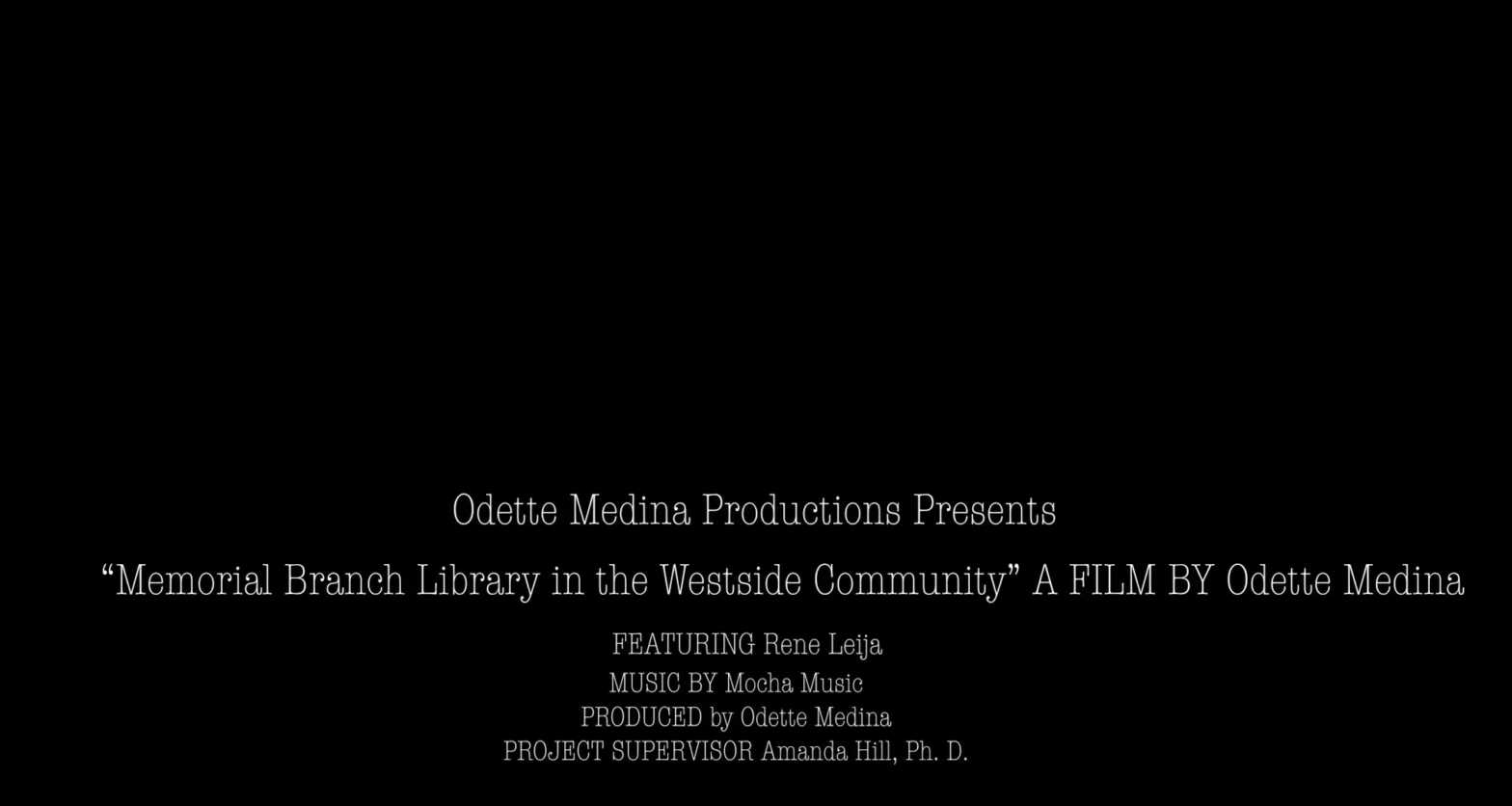
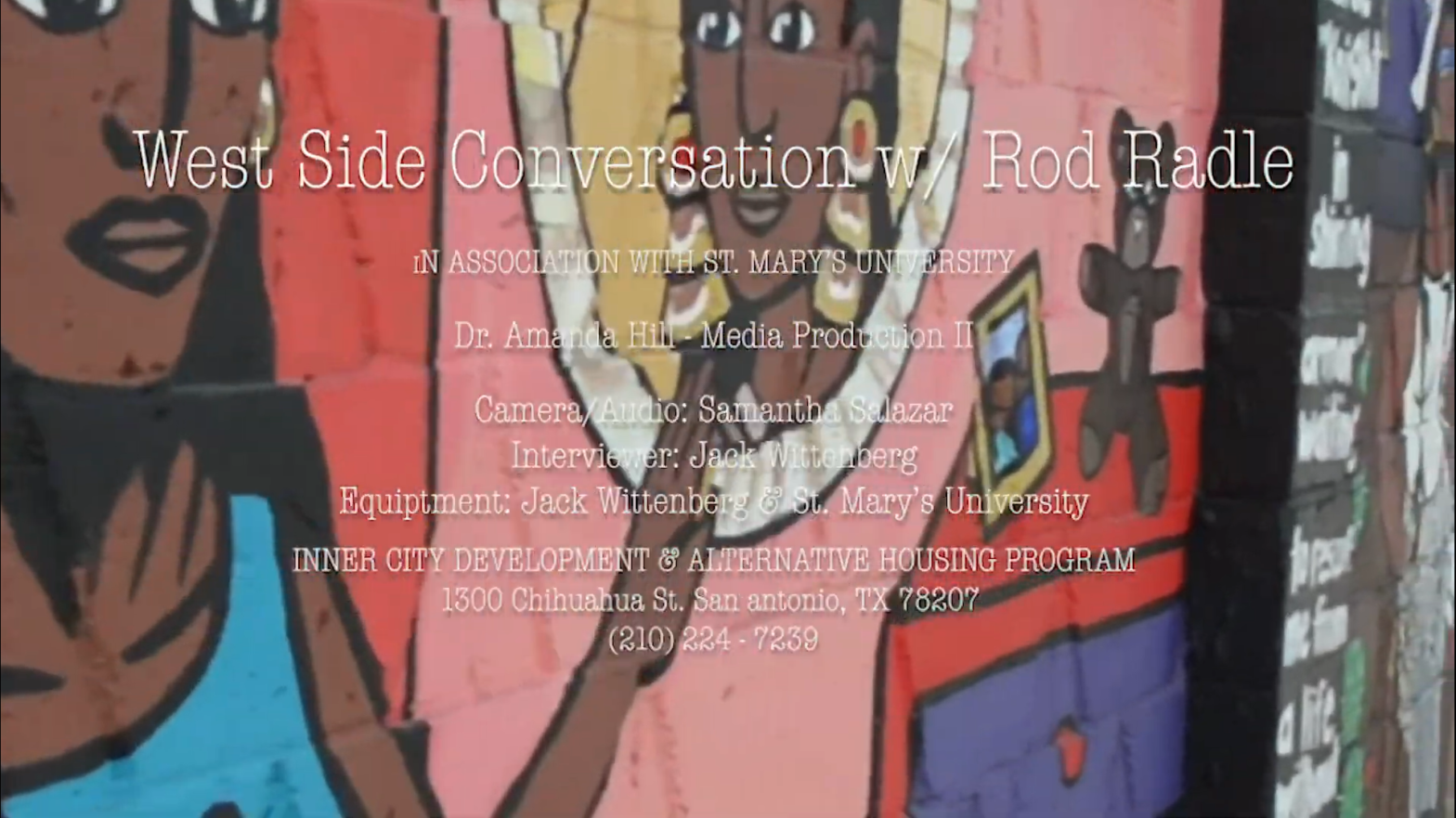
On September 9, 1921, a series of heavy rainstorms moved across south Texas which grew intense in the late hours of the night. The torrential wind and rains overwhelmed San Antonio’s weak Olmos and San Pedro tributaries which burst and buried downtown, North, and Westside districts of San Antonio. The flood resulted in at least $3 million in damages, destroying the city’s electricity, communication, and infrastructure, leaving citizens scrambling for resources. This year marks the centennial anniversary of this devastating natural disasters, one of the worst in Bexar County’s history. For the past year, Dr. Lindsey Wieck and Victoria Villaseñor have been researching the history of water and infrastructural development in San Antonio in response to the events of 1921. Throughout their work, they have found that while the downtown business and northern districts received most of the news coverage and infrastructural development in the aftermath of the flood, it was the Westside experienced the greatest devastation yet received little help from the city government. The floods ravaged through an already structurally unsound and neighborhood, which magnified the poor, unsanitary conditions, and inhibited the Westside from fully recovering before the next flood. Through firsthand accounts, environmental data, historical narrative, this project walks audiences through the inequities of the Westside and the tragedies that unfolded as a result during the flood of 1921.
To reach a full webpage of the information above, please visit this external site.
The Hispanic-serving Institution (HSI) designation is a statistical-based identity given to colleges and universities with a 25 percent or higher Latinx student population. While HSIs are eligible to receive federal funding based solely on that designation, there are no definite guidelines to ensure that the money is spent in a culturally responsive manner. However, Our Lady of the Lake University (OLLU) continues to provide high quality education to their Latinx students. In this presentation, we traced historical events that influenced OLLU to develop a Latinx-conscious identity and then compare their institutional behavior to that of another university located on the Westside of San Antonio: St. Mary’s University (StMU). Aspects such as campus ecology, the influence of gender, and ethnic identity are observed and elaborated upon within the project. Through this project, we aim to contribute to the Westside community’s perspective of the historical higher learning institution known as “The Lake.”
The slideshow above about provides introductory information regarding this research. To provide further information, the authors included audio of themselves explaining the project. Be sure to raise your volume and hit play to listen to that audio.
Dual language programs, in which classes are given in English and Spanish, have exploded in popularity within San Antonio. In the school districts of the historically Mexican American Westside, there are 23 dual language programs, ranging from early childhood to high school, and including Washington Irving Academy, an entirely dual language campus (EISD, 2019; SAISD, 2021).
Dual language programs seek to promote bilingualism, biliteracy, biculturalism, and high academic achievement, and to empower students by recognizing their cultural identity (e.g., Malik, 2019; SAISD, 2019). The idea of empowerment is essential, as U.S. Spanish speakers suffer from insecurity. While they believe their language is an important part of their identity, they also tend to see it as deficient, incorrect, and useless outside of the family (e.g., George & Peace, 2019; Villa, 2003; Zentella, 2007).
This project presents the story of Spanish on the Westside, its diminishing over time, how the school system historically limited its reach, and how schools today are fighting to give it a place of importance in society. Included are articles, statistics, and interviews with multiple generations of Westside residents and students. We showcase the great work that dual language programs do and encourage other educators to recognize their students’ culture, identity, and language.
To view the research above on a larger page, check out this link.